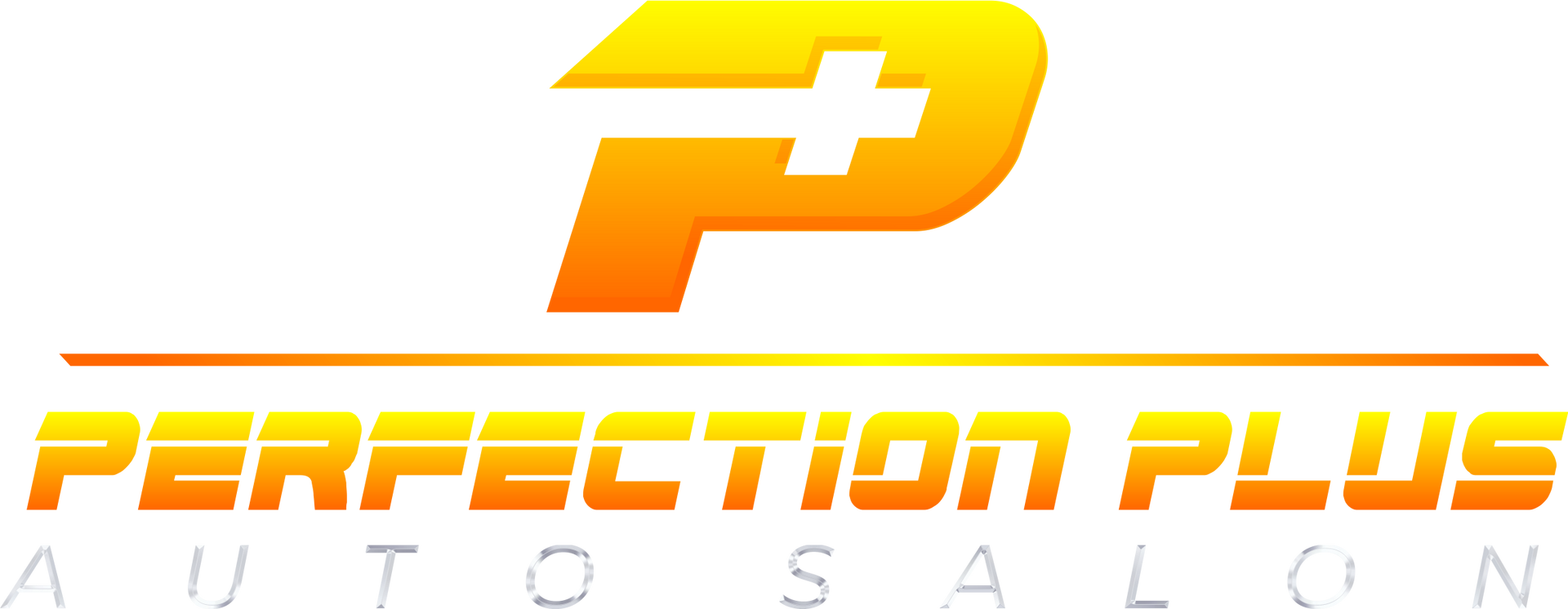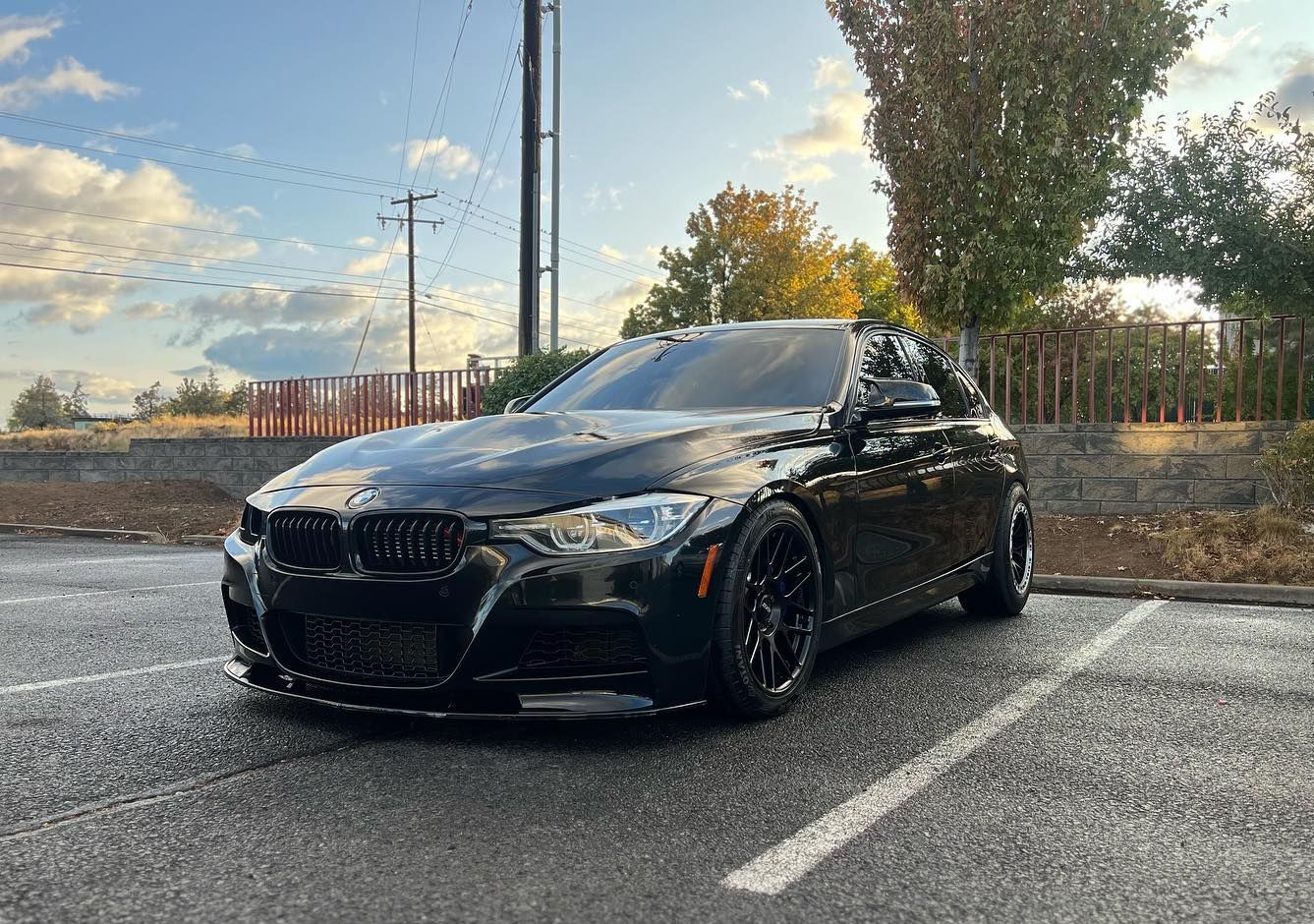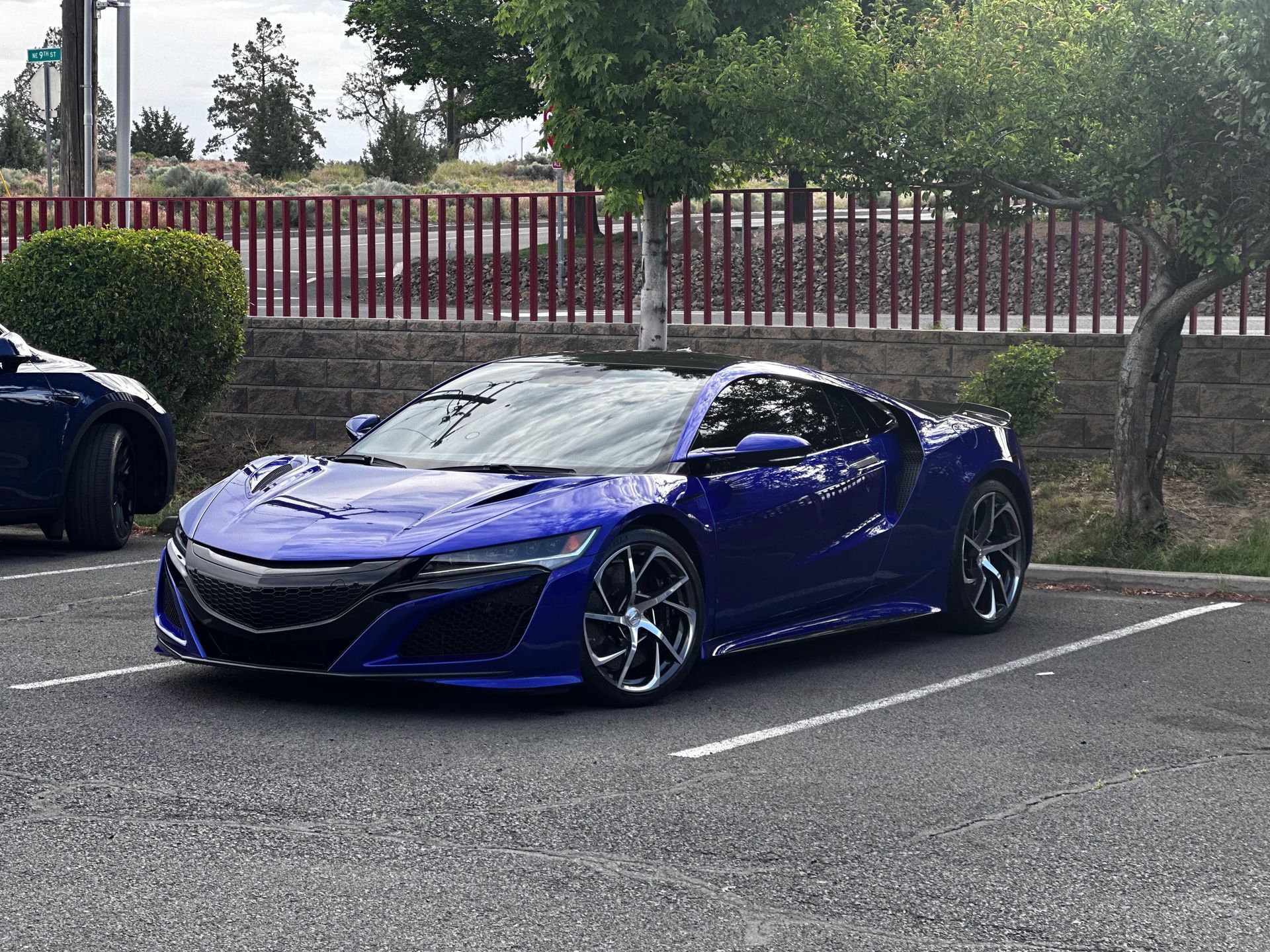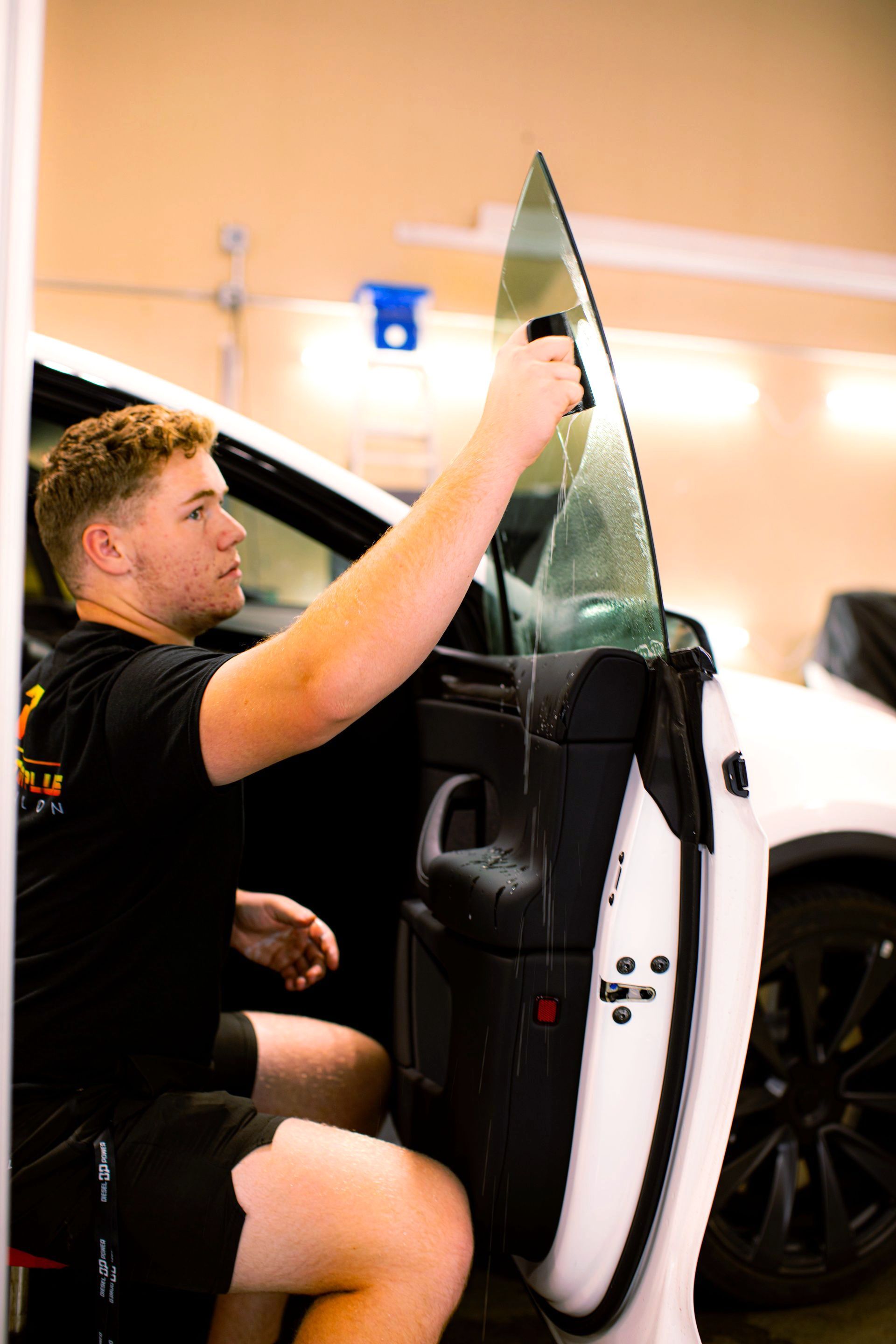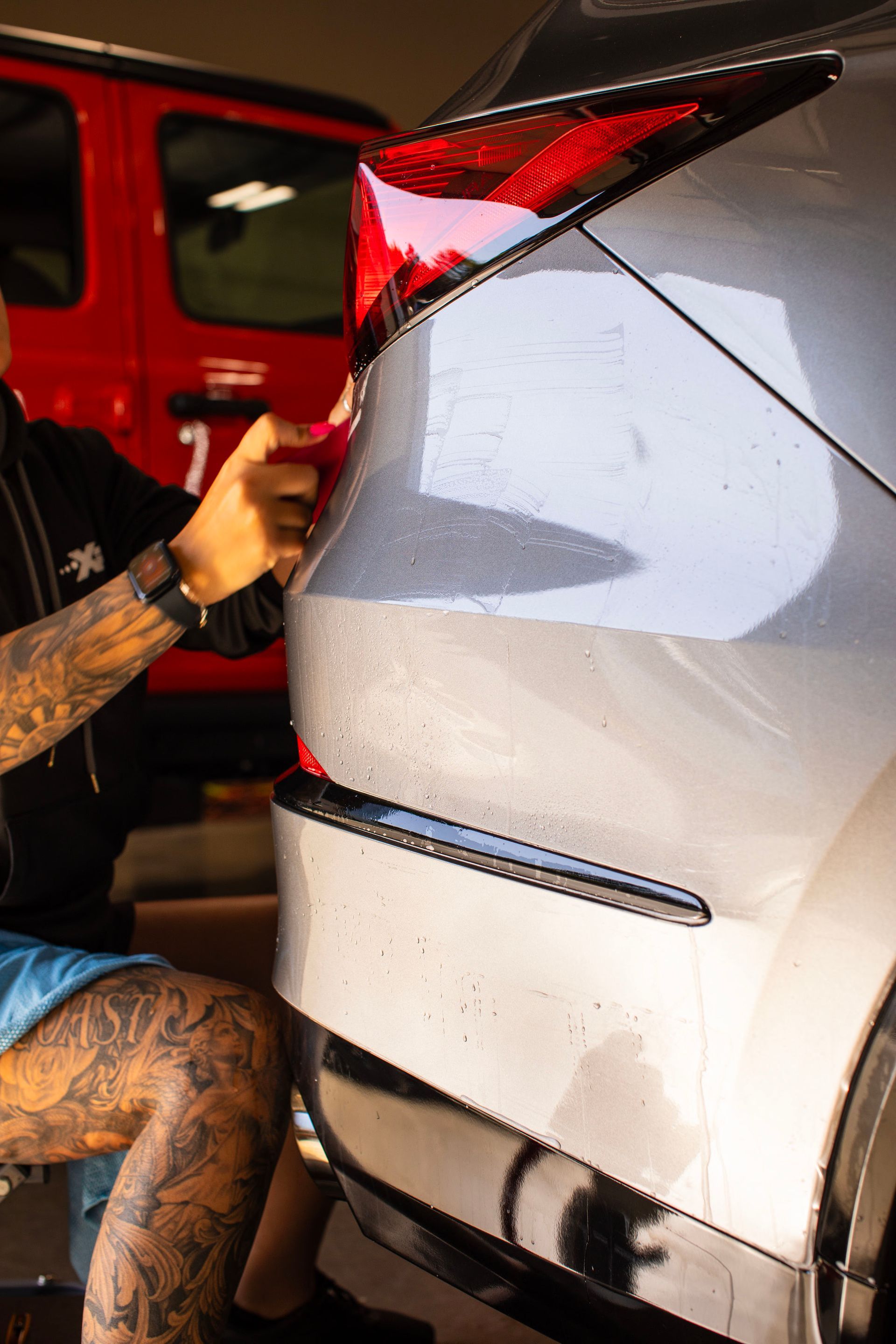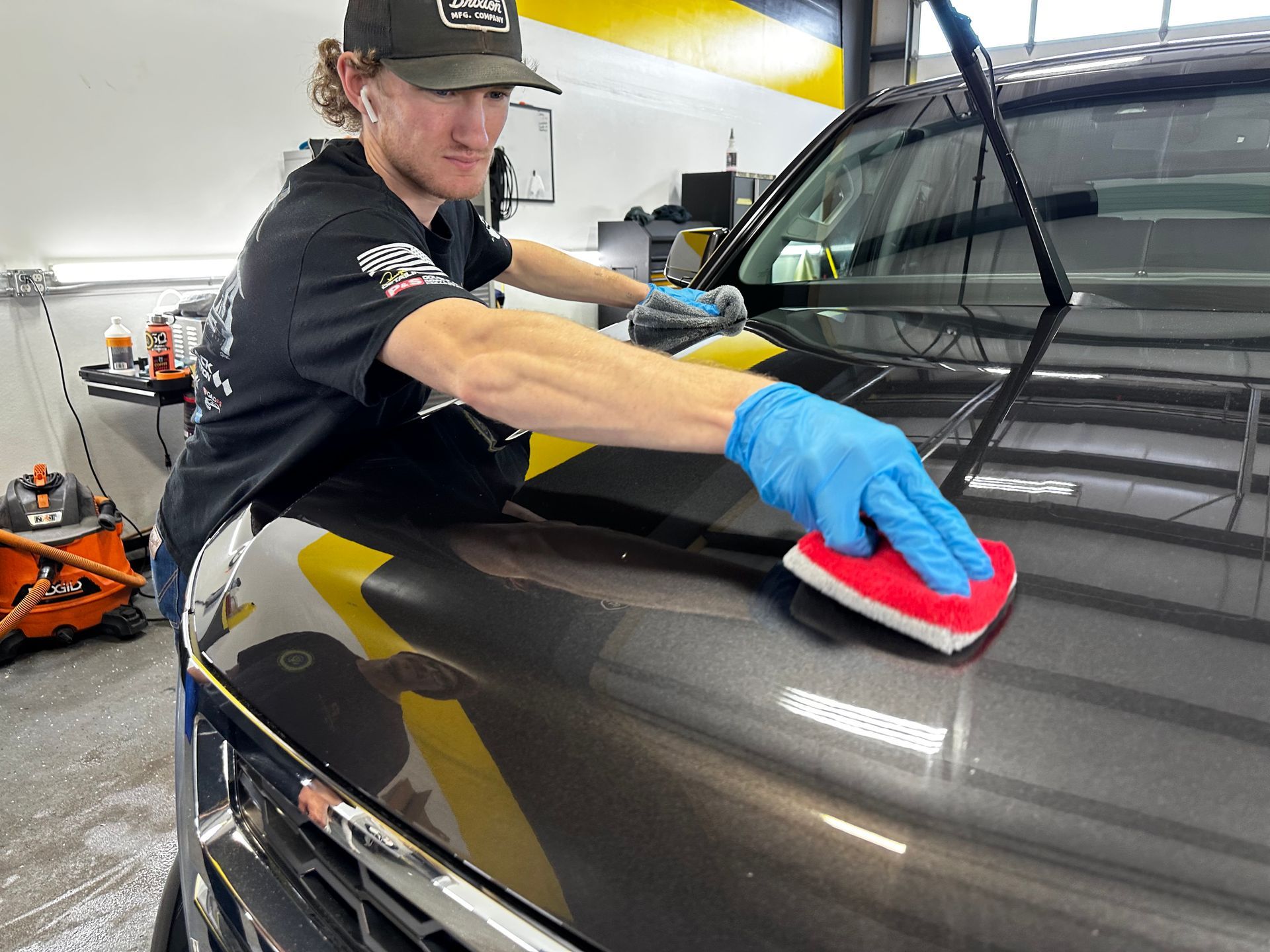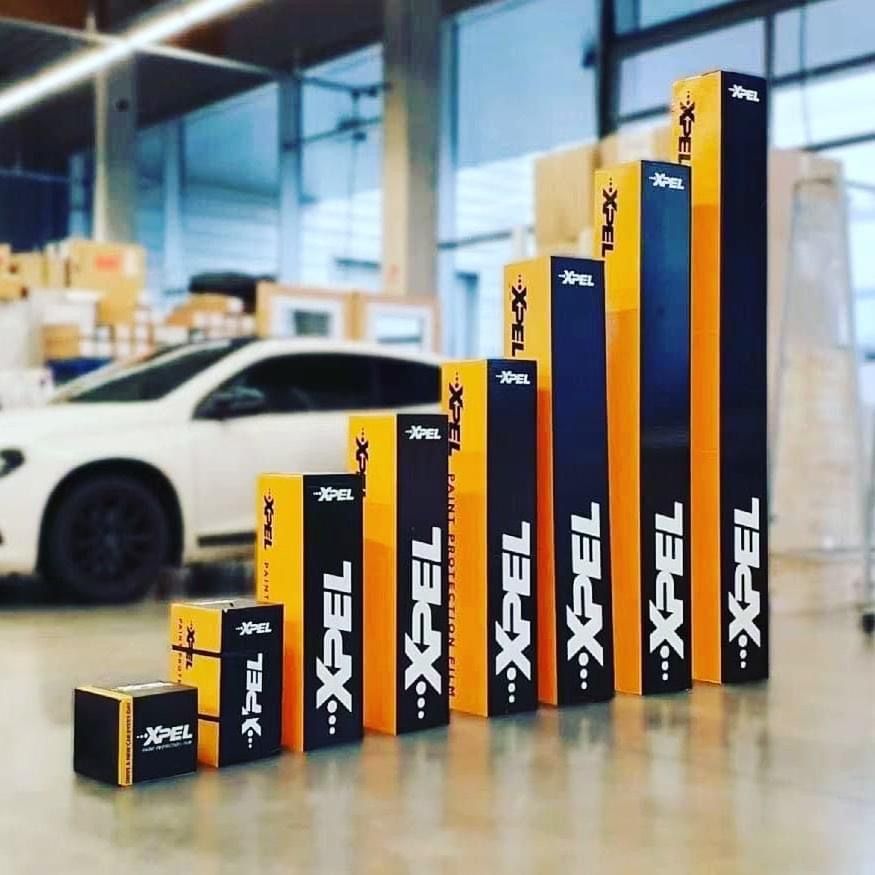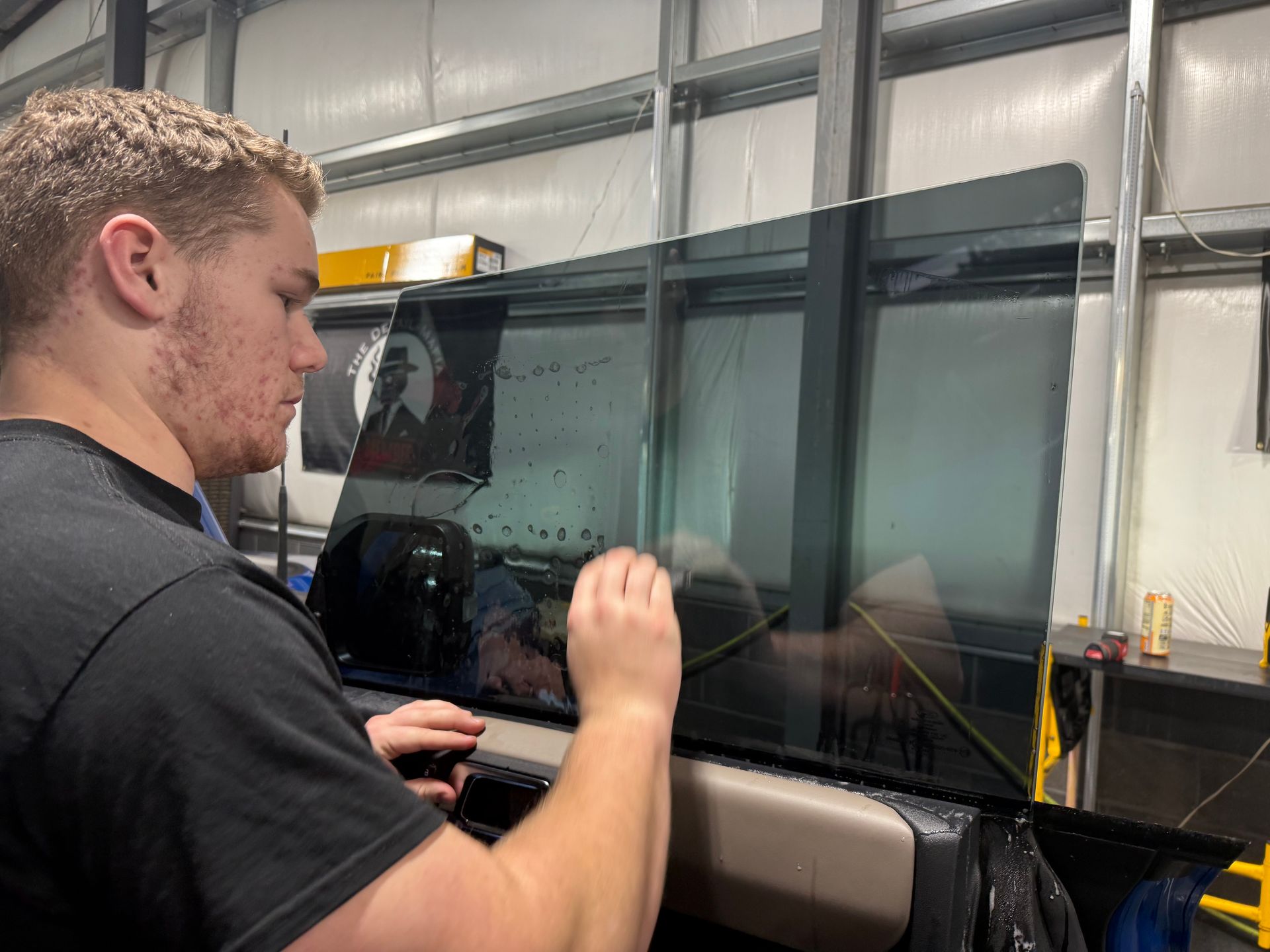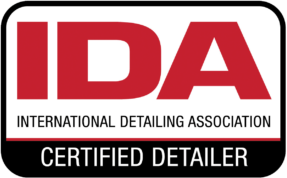Common Misconceptions About Paint Protection Film Every Car Owners Should Know
GET A FREE ESTIMATEIn the world of automotive care, sifting through conflicting advice about paint protection film can be daunting. It's enough to make any car enthusiast question whether this investment is genuinely worth it. Consider how many times you've heard that paint protection film is prohibitively expensive or that it's only practical for high-end vehicles. Modern advancements have made paint protection film affordable and beneficial for all types of vehicles—not just luxury models.
One common myth about paint protection film is that it's only for luxury cars, but in reality, a paint protection film is practical for any car owner as it protects against potential damage from road debris. Another myth is that paint protection film cannot be removed after application, whereas modern paint protection films utilize advanced adhesive technology that allows for professional removal without harming the original paintwork.
Most Common Myths About Paint Protection Film
One of the pervasive myths about paint protection film is its steep cost. However, due to advancements in technology, paint protection film installation is no longer an exorbitant expense. In fact, prices typically start at approximately $500 for partial application, making it a reasonable investment compared to potential paint repair costs down the line. By choosing paint protection film, not only are you safeguarding your vehicle's paint from scratches and environmental damage, but you are also enhancing its resale value. So, while the initial outlay may seem significant, in the long run, it can save you more money and protect your investment for years to come. It's crucial to understand that when you invest in high-quality pain protection film , you're effectively minimizing the risk of costly repairs due to scratches, stone chips, and environmental damage. This level of protection is bound to have a positive impact on your car’s resale value, as potential buyers highly value a vehicle that has been well-maintained and protected.
Myth 1: Paint Protection Film Lowers Car Value
Another prevalent myth surrounding paint protection film is that it negatively impacts a car's value. Contrary to this misconception, a paint protection film actually helps maintain a car's aesthetic and structural integrity by preserving its original paint. Vehicles with well-applied paint protection film generally have higher resale values compared to those without it. The film acts as a shield, protecting the paint from fading and other forms of damage caused by everyday driving. It's important to remember that a well-preserved exterior plays a significant role when it comes to selling your vehicle. Potential buyers are often willing to pay more for a car that looks well-maintained and free from visible wear and tear. Therefore, far from diminishing a car’s value, a paint protection film actually contributes to maintaining its pristine condition and ultimately enhances its desirability in the pre-owned market.
Myth 2: Paint Protection Film is Only Suitable for Luxury Cars
Some people tend to believe that paint protection film is exclusively designed for luxury vehicles. However, this is far from the truth: a paint protection film is an incredibly practical choice for any automobile owner. It effectively shields vehicles of all types against potential damage from road debris, weather conditions, UV exposure, and daily wear. Whether you drive a compact city car or a rugged off-road vehicle, a paint protection film offers an added layer of protection that ensures your vehicle remains looking its best over time. It's not just about preserving the appearance; it's about safeguarding your investment and ensuring that your car's exterior retains its visual appeal for years to come.
Myth 3: Paint Protection Films Cannot Be Removed
A misconception surrounding paint protection film is that once applied, it cannot be removed without causing damage to the original paintwork. This couldn't be further from the truth. Modern paint protection films leverage advanced adhesive technology that allows for professional removal without harming the underlying paint. The ability to replace or remove the film as needed makes paint protection film an extremely versatile choice for car owners who might want to switch up their protection or opt for an updated application in the future. This flexibility enables individuals to adapt their protection strategy based on changing preferences or requirements without worrying about compromising the integrity of their vehicle’s paintwork.
By debunking these common myths about paint protection film, one can gain a clearer understanding of its practicality, cost-effectiveness, and versatility across various vehicle types.
DIY PPF Installation Pitfalls
Applying paint protection film might seem like a simple task, but it's much trickier than it appears. While it might be tempting to take on this project to save money, there are several pitfalls to watch out for when choosing the DIY route. A common misconception is that anyone with a steady hand can apply PPF. However, it requires more than just precision—installing a paint protection film demands meticulous skill, a controlled environment, and a deep understanding of the application process. This isn't just about sticking on a layer of film; it's about ensuring it's perfectly aligned, free from bubbles, and without debris trapped underneath. Before delving into this challenging endeavor, consider these factors:
- Visible Imperfections: A significant percentage of DIY paint protection film installations result in visible imperfections or bubbles, which can affect the overall appearance of your car as well as the film’s longevity.
- Common Mistakes: Many enthusiasts underestimate the level of skill needed for a flawless paint protection film installation. An incorrect cut, minor misalignment, or debris under the film can ruin the entire look you're aiming for.
- Proper Tools and Software: Professional installers use precision tools and specialized software to design and cut custom patterns specific to each car model. They have refined techniques to ensure a flawless and durable application—a level of expertise that DIY enthusiasts may not possess.
Additionally, even if you feel confident in your abilities, remember that any mistakes made during DIY paint protection film installation can end up costing you more in the long run. Rectifying errors often involves seeking professional help to fix the issues, ultimately reducing the savings achieved through DIY installation. Remember that installing a paint protection film isn't just about aesthetics; it also plays a pivotal role in safeguarding your vehicle's paint against chips and scratches. Therefore, it's crucial to weigh the pros and cons before deciding whether to undertake this project yourself.
Visual Impact on Vehicles
The essence of paint protection film is to safeguard your car while maintaining a low profile. You want your vehicle to retain its aesthetic appeal without bulky coverings, and high-quality paint protection films deliver exactly that! Imagine it as placing an invisible, robust shield over your car to shield it from scrapes, scratches, and environmental damage. But how does it influence your car's appearance? In the past, PPF faced criticism for affecting a car's aesthetics, with concerns about yellowing, color alteration, or dullness over time. However, modern paint protection films have made substantial advancements. High-quality paint protection films are nearly undetectable, preserving your car's original look while providing an added layer of protection. If you're meticulous about your car's visual appeal, there are now options available in matte and gloss finishes that can subtly enhance its appearance.
Consider this scenario: you own a high-performance sports car with a glossy finish that you cherish. A paint protection film can now be applied with a glossy topcoat, maintaining the shiny look of your automobile while safeguarding it from potential damage. For those who have a penchant for customizing their vehicles, colored paint protection films are available as well. This means you can protect your car while also experimenting with different colors for a fun change in appearance. It's akin to giving your car an artistic makeover without committing to a full paint job! The seamless integration of enhanced protection with aesthetic enhancements makes modern paint protection film an enticing option for those who value both practicality and style equally. So, if you choose this route, rest assured that your car will not only stay protected but also retain its original allure for years to come.
True Benefits of Paint Protection Film
Paint protection film isn't merely an additional layer on the surface of your car; it offers a range of tangible benefits that go beyond simple protection. Let's dive into the genuine advantages it brings to the table.
- Paint Preservation: Perhaps the most obvious benefit is the film's ability to safeguard your vehicle's paint from various forms of damage. Scratches, stains, and environmental hazards will find it hard to penetrate the resilient shield provided by paint protection film. Imagine this: You're driving down the road and a loose stone chip pings off your car's surface, but instead of leaving a mark, it bounces harmlessly off the protective film. Additionally, exposure to sunlight can cause a car's paint to fade and lose its luster over time, but paint protection film acts as a barrier against harmful ultraviolet rays, preserving the color and shine of your vehicle for years to come.
- Longevity: When it comes to durability, high-quality paint protection film is designed to stand the test of time. With proper maintenance, it can provide reliable protection for up to 10 years or even more, depending on environmental conditions and the quality of the film installed. This means that once you apply paint protection film to your vehicle, you can enjoy long-term peace of mind knowing that your investment is well protected and could potentially retain its value for longer.
- Maintenance Ease: Cleaning a car with paint protection film is notably easier compared to an unprotected vehicle. The smooth surface of the film prevents dirt and contaminants from adhering to the paint, reducing cleaning time and effort. Imagine washing your car after a road trip—instead of laboriously scrubbing away grime, it simply slides off with ease. Essentially, a paint protection film not only safeguards your vehicle but also simplifies its upkeep, saving you time without compromising on appearance or protection.
These benefits are more than mere selling points; they directly impact the longevity, appearance, and overall value of your vehicle. From safeguarding against day-to-day wear and tear to enhancing maintenance ease, a paint protection film proves its worth in both protection and convenience. The advantages of paint protection film go far beyond mere protection; they extend into simplified maintenance and long-lasting preservation, ultimately adding significant value to your vehicle.
Premium-Grade Paint Protection Film Solutions in Redmond, OR
Experience unmatched protection with Perfection Plus Auto Salon’s premium-grade paint protection film solutions in Redmond, OR. Their skilled professionals expertly apply high-quality paint protection film to safeguard your vehicle’s finish from chips, scratches, and environmental damage while maintaining its original appearance. Choose Perfection Plus Auto Salon for advanced protection that ensures your car remains in pristine condition for years. Call us at (541) 598-6193 to get started!
